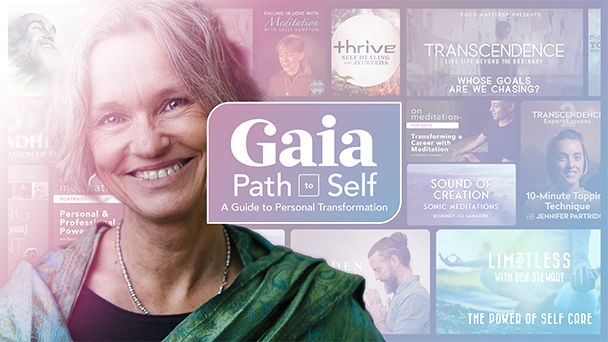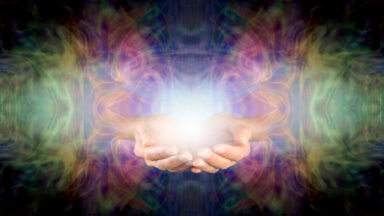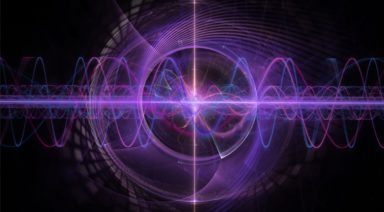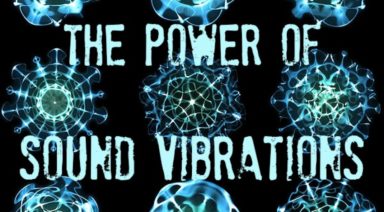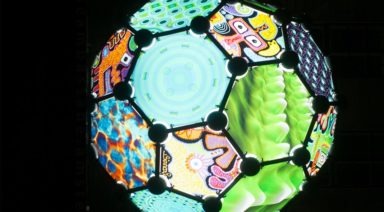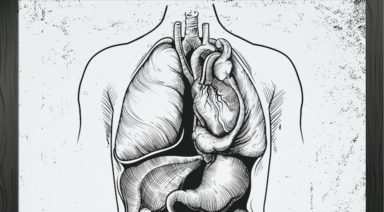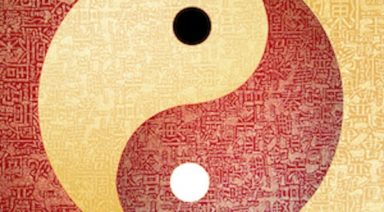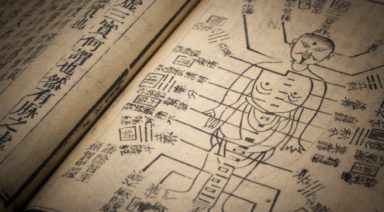Biorhythms: A Comprehensive Guide to Balancing Biological Rhythms
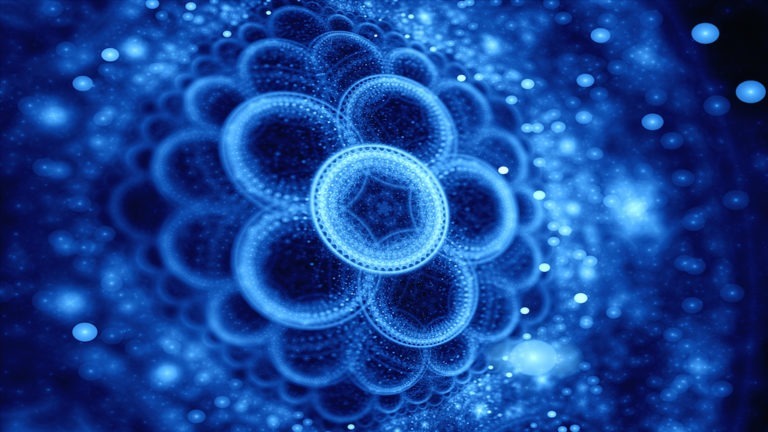
Seasons have cycles, from amber fall days to verdant spring mornings covered in dew; day and night cycle between light and dark; the oceans swell and recede; the moon swells and thins to a crescent. If all other forms of life have inherent rhythmic cycles, are humans any different? The simple answer is no. Whether we’re aware of it or not, humans operate on a delicate biorhythm of various biological cycles, from the physical, intellectual, intuitive, and spiritual to even the aesthetic.
In this article, we’ll go over what biorhythms are, how to read yours, how they impact life, and more.
What are Biorhythms?
Derived from the Greek root words, bios (life) and rhythmos (regularly occurring movement or motion), biorhythm can be thought of as the body’s holistic mathematical system that can predict, or when studied, consciously control certain aspects of one’s life such as high performance, creativity, and emotional receptivity.
Biorhythms are “invisible waves of energy within the human body that are constantly in flux.” Considered unique to each person, these energy levels are thought to begin the moment we are born. But how and when did biorhythm theory begin?
The Theory of Biorhythms
While biorhythm theories have been present since ancient cultures, including those that practiced natal astrology, biorhythm theory is attributed to Wilhelm Fliess, a 19th-century German physician, and colleague of psychoanalyst Sigmund Freud. As written by Thomas Gale, Fliess’s theory is based on cycled periods – twenty-three days (physical/male) and twenty-eight days (emotional/female).
According to Gale, Fliess considered this system as a “cosmic harmony governed by the solar cycles, measured in days and years, between personal, family, and social events, but also affected by animal and plant kingdoms.” The Intellectual Cycle is attributed to Alfred Teltscher, professor of engineering at the University of Innsbruck, who added the third cycle in the 1920s after studying the academic performance of his students.
Biorhythm theory gained popularity in the United States and North America after two publications, This Your Day? How Biorhythm Helps You Determine Your Life Cycles, by George S. Thommen, and Biorhythm — A Personal Science, by Bernard Gittelson. Today, the more modern approach has expanded biorhythm cycles for a total of six biological clocks, or biorhythmic periods:
- Physical Cycle: The physical cycle relates to coordination, physical energy, strength, and overall well-being. Twenty-three days in length, the physical biorhythm cycle supports more awareness of times for optimum exertion and time for rest and recovery.
- Emotional Cycle: This 28-day cycle centers around creativity, awareness, and emotional sensitivity and can be helpful in managing depression or other mood disorders. Tracking the emotional biorhythm cycle could help regulate mood swings.
- The Intellectual Cycle: At a little over a month, this 33-day cycle provides critical insights into memory, communication, and analytical functioning. Tracking the intellectual biorhythm cycle may assist with work deadlines and goal-setting.
- The Intuitive Cycle: During this period, high points in the cycle can be a time of trusting one’s gut, while in the low part of the cycle, it might be better to rely on one’s intellect or logical capabilities.
- The Spiritual Cycle: The longest cycle at 53 days, the spiritual cycle can point to times when spiritual awareness is heightened, with the potential for mystical breakthroughs.
- The Aesthetic Cycle: With insights into creativity, both as an artist and as one who appreciates the arts, the aesthetic cycle can help guide the creative process.
Now that we know the various cycles and their lengths and impacts, it’s important to know how to track and measure one’s biorhythms.
Tools of the Trade: Biorhythm Charts and Calculators
For a biorhythm calculator that includes all six cycle periods, bio-rhythmcalculator.net provides a full spectrum in an easy two-step method by simply inputting your date of birth and span of biorhythm charting. The generated chart will show you what to expect in terms of energy ebbs and flows, and it can be a valuable (and fun) tool. Imagine consciously creating and planning according to critical and vulnerable days and how they contribute to productivity, socializing, and much more.
How to Read Biorhythms Chart
The curves correspond with highs and lows; those above the mid-sectional line would be optimum, or positive, biorhythmic times; those that fall below can indicate times to pull back, be more reflective, or access different energy flows.
How Your Biorhythms Impact Daily Life
It’s no mistake that most films are about 90 minutes long. According to Psychology Today, “ many of the functions of [the] body and brain are set to operate in cycles of roughly 90 minutes each. We humans, like all other animals, live in a world that is marked most basically and almost invariably by cycles of day and night. This external fact of life has its counterpart in our bodies.”
From Regulating Sleep to Driving Behaviors
There’s been much discussion over the years on the importance of getting sleep; the relationship between our sleep and wake patterns is as critical to our overall well-being, health, and functioning as what we eat, where we live, and how much money we earn. When the biorhythms are synchronized with the external world, we might experience more consistent energy flow rather than severe highs and lows.
The human body runs on circadian rhythms, including cardiovascular, organs, and metabolic functions. In addition, the human body has other kinds of body rhythms known as ultradian rhythms, which are shorter in duration. The most known of these are dream cycles, including REM or rapid eye movement sleep.
According to the Alaska Sleep Clinic, when we fall asleep, the first stage of REM takes approximately 90 minutes, and the normal adult requires at least four or five of these cycles for an optimum amount of sleep. The more we can attune our overall biorhythmic body clocks, the more likely we’ll become aware of when more rest is needed for both high and low-functioning parts of our cycles. Dr. Roseanne Armitage, a sleep expert at the University of Michigan, says failing to pay attention to this information can result in living below one’s potential, as well as putting stress on the immune system and overall health.
In an article published in the National Center for Biotechnology Information, biorhythms were studied in a cross-selection of Iranian bus drivers, an area in the world with among the highest traffic incidents. The study showed that unsafe driving behaviors were directly correlated to the drivers’ biorhythm, which was analyzed by biorhythm software, showing connections between unsafe driving behaviors and tracked “critical days” in their biorhythmic cycles.
Biorhythm Compatibility in Love
In addition to our body’s functioning, biorhythm can be a tool for finding partner compatibility and even love. It’s one thing to live in sync with oneself; it’s another to be able to achieve that in friendships, love, or even business and professional relationships. Biorhythm compatibility can help you and your partner discover aligned energy levels that go beyond attraction to the deeper level of truly being on the same wavelength.
Using a simple tool, like a biorhythm compatibility calculator, couples can learn more about the ties that bind, as well as uncover ways to learn more about their unique connection. According to the Keisan Biorhythm Compatibility calculator, “the smaller the amplitude is, the higher the compatibility of the two persons is. And the larger, the lower it is.”
Whether used for entertainment or to chart the many courses of one’s life, biorhythm is a valuable resource for living a more intuned and intentional existence. Try it out for a few months and see how the information enhances your health, relationships, creativity, behavior, intuition, and more.
Learn more about how biorhythms impact women’s health.
This 5-Step Method Allows You to Channel Healing Energy
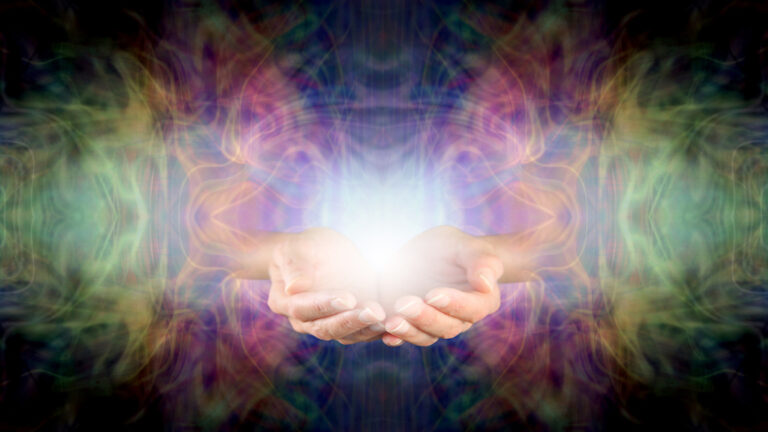
There are many named healing modalities, and by all means, use any that works for you. However, healing in its purest form has no name. Healing is a process of clarity, connection, and commitment.
Let’s unpack the 5 steps for channeling organic healing.

